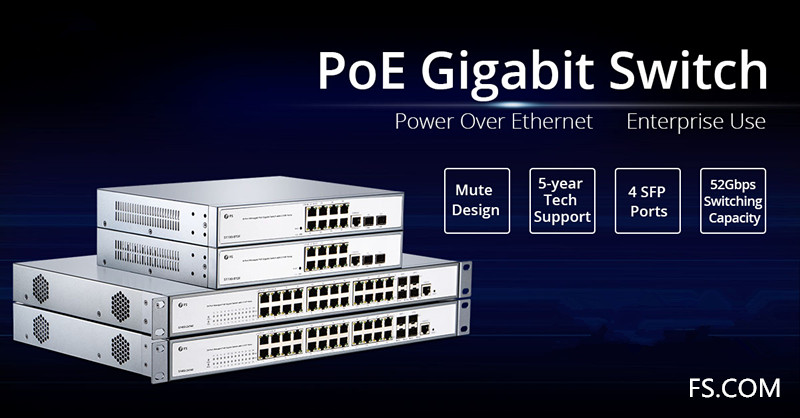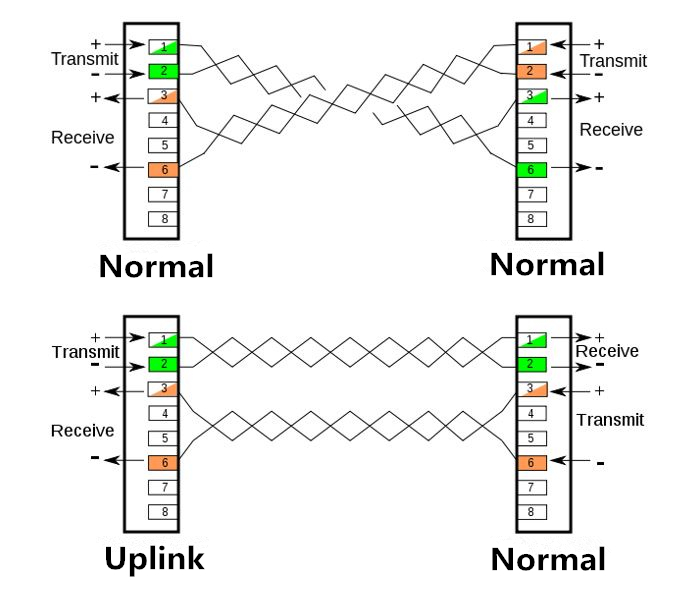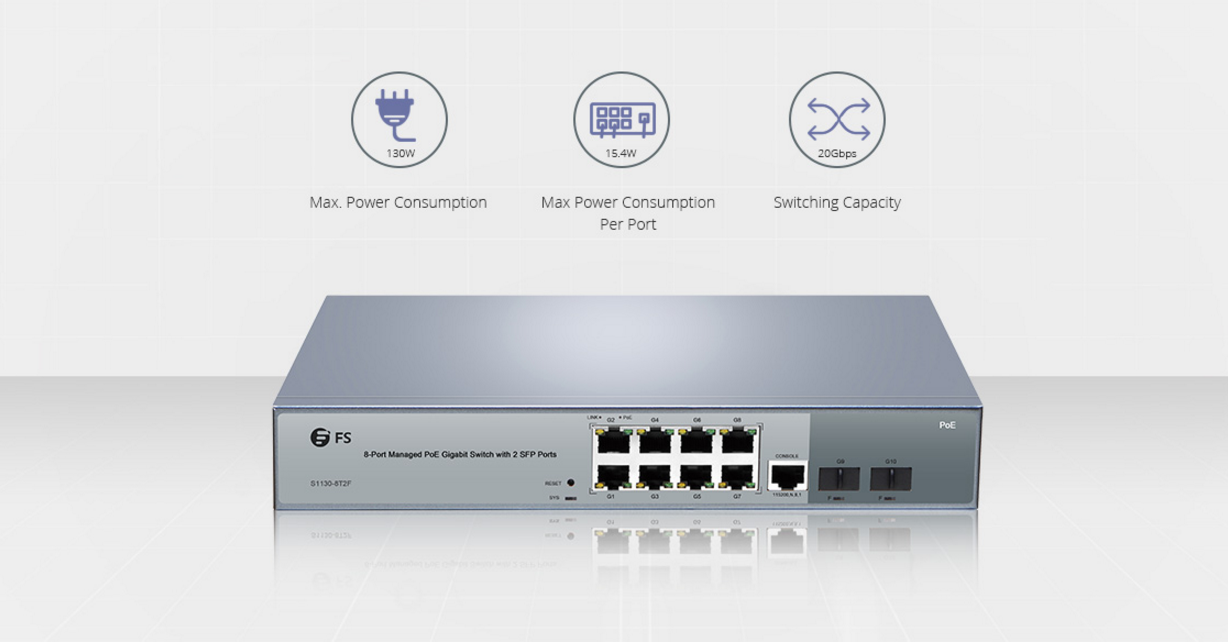For networking builders, network switch is an essential component in their networking building plan. In a network deployment, switch channels incoming data from any of multiple input ports to the specific output port that will take the data toward its intended destination. Besides, to achieve high performance level, there are different types of switches in networking. This article will introduce different types of switches in networking to help you choose a suitable one for your networking.
LAN Switch
Local area network switches or LAN switches are usually used to connect points on a company’s internal LAN. It is also known as a data switch or an Ethernet switch. It blocks the overlap of data packets running through a network by the economical allocation of bandwidth. The LAN switch delivers the transmitted data packet before directing it to its planned receiver. These types of switches reduce network congestion or bottlenecks by distributing a package of data only to its intended recipient.
Unmanaged Switch
Unmanaged network switches are frequently used in home networks, small companies and businesses. It permits devices on the network to connect with each other, such as computer to computer or printer to computer in one location. An unmanaged switch does not necessarily need to be configured or watched. It is simple and easy to set up. If you want to add more Ethernet ports, you can use these plug and play types of switches in networking.
Managed Switch
Compared to unmanaged switches, the advantage of managed switches is that they can be customized to enhance the functionality of a certain network. They offer some features like QoS (Quality of Service), Simple Network Management Protocol (SNMP) and so on. These types of switches in networking can support a range of advanced features designed to be controlled by a professional administrator. In addition, there is smart switch, a type of managed switch. It has some features that managed switch has, but are more limited. Smart network switch is usually used for the networking devices such as VLANs.
PoE Switch
PoE Gigabit Ethernet switch is a network switch that utilizes Power over Ethernet technology. When connected with multiple other network devices, PoE switches can support power and data transmission over one network cable at the same time. This greatly simplifies the cabling process. These types of switches in networking provide greater flexibility and you will never have to worry about power outlet when deploying network devices.

Stackable Switch
Stackable switches provide a way to simplify and increase the availability of the network. For example, instead of configuring, managing, and troubleshooting eight 48-port switches individually, you can manage all eight like a single unit using a stackable Switches. With a true stackable switch, those eight switches (total 384 ports) function as a single switch—there is a single SNMP/RMON agent, single Spanning Tree domain, single CLI or Web interface. There are valuable operational advantages to use these types of switches in networking, such as you can create link aggregation groups spanning across multiple units in the stack, port mirror traffic from one unit in the stack to another, or setup ACLs/QoS spanning all the units.
Conclusion
This article briefly introduces five types of switches in networking: LAN switch, unmanaged switch, managed switch, PoE switch and stackable switch. All of them have their own characteristics and are used in different network deployment. I hope you can have a better understanding on them after reading the article.
Related Article: Powering PoE Switch From A PoE Switch: Is It Possible?
Layer 2 vs Layer 3 Switch: Which One Do You Need?


